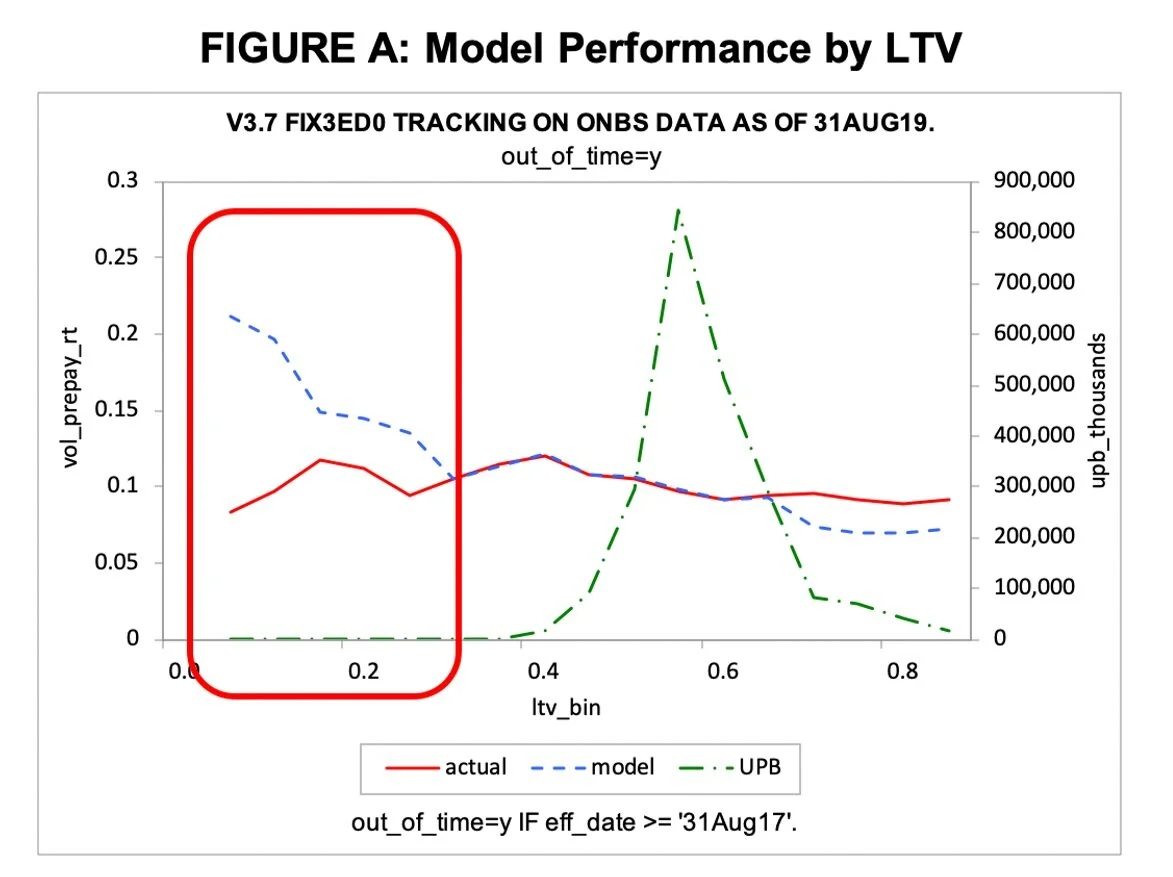audience matters
Audience is king. I’ve resurrected the intro image to this post from an article from the archives (my guiding principles, published in 2017). We can make better decisions about how to visualize and communicate with our data by asking ourselves: who is our audience, and what will work best for them? In some cases, the answers to these questions can direct us to take completely different approaches.
To reinforce this idea, in this short post we’ll look at an example and consider how two distinct audiences might cause different evaluations of what will work best. Spend a moment studying the following graph (excerpted from Let’s Practice!).
Knaflic, Cole. Storytelling With Data: Let’s Practice! Wiley, © 2019.
Is this graph effective?
While you might think there is a clear, easy answer to this question, I’ll urge you to think back to the tenet posed in the title of this post: audience matters. Can you imagine an audience who would be receptive to this visual?
I can.
Let’s say a statistician working in banking created this graph in SAS (a programing language for statistical analysis) to communicate to her colleagues—who are also statisticians and have subject matter expertise in this area. For that audience, this graph might work perfectly fine.
That said, it is of little doubt that someone who is not familiar with this topic or data may conclude it’s written in a foreign language, decide it’s not worth the work it will take to decipher, and turn their attention instead to something else. So if the audience is not subject matter experts fluent in the parlance of statistical program output, then we need to take additional steps in both the design of the information and the words used to communicate it to make it all comprehensible.
If you’d like to take a turn doing that, you can undertake the exercise translate and transform in the SWD community that features this example. Then tune in this Thursday, April 30th to see me walk through my makeover.
If you’d like your team or organization to learn more about the importance of audience and general strategies to consider when communicating to different audiences, we also offer a webinar, “audience matters,” that does exactly that.
The next time you find yourself communicating with data, remember to ask yourself: who is your audience, and what will work best for them?

